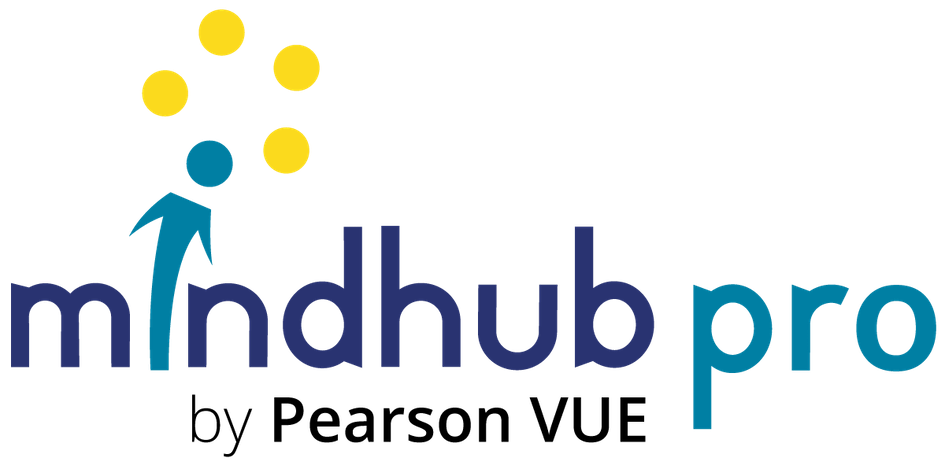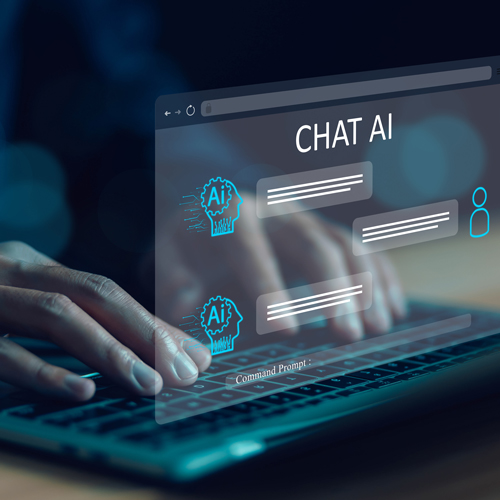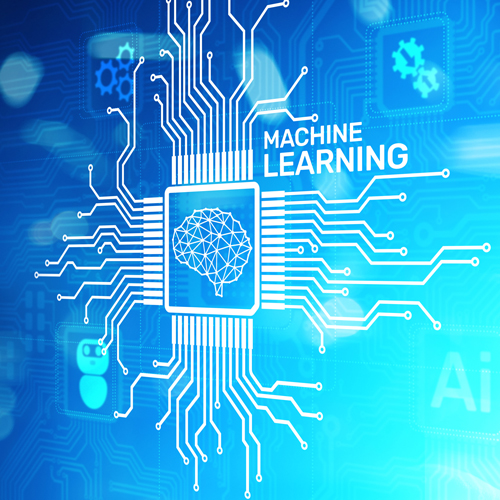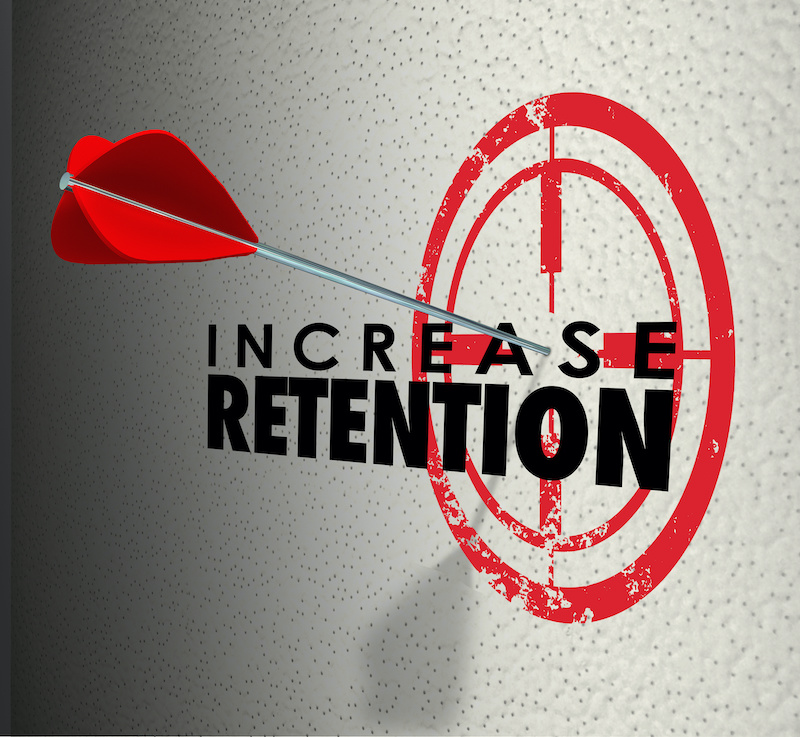
According to a recent survey conducted by Littler, a major international law firm specializing in labor and employment law, corporate policies governing artificial intelligence technology are significantly lagging behind usage. This policy deficiency is leaving workers with little guidance on what constitutes smart or appropriate use of AI in the workplace.
Littler surveyed hundreds of in-house lawyers, HR professionals, and business leaders. They found that only about a third (37 percent) had established policies or guidance on the proper use of AI-based tools and technology in their offices, and only around 45 percent of employers limited AI usage to approved tools or tasks. Barely 20 percent had attempted to assess AI use among their employees in any organized way, or vetted AI-driven solutions for potential problems with bias, compliance, confidentiality, or safety. Roughly one in six of the respondents said they were “taking no actions at all” when it came to AI in the workplace.
This lack of prioritization is understandable. Developments in artificial intelligence are moving at breakneck speed, and adapting to those changes requires additional resources and expertise that may not be readily available in your organization.
Nonetheless, this hands-off approach to such powerful and often unpredictable new technologies can be a recipe for disaster (or, at least, public embarrassment—which, at a corporate level, can amount to the same thing).
The productivity potential of AI
James “Doc" Muren has 25 years of experience in information technology and has delivered cybersecurity and artificial intelligence training for Fortune 500 companies, the Department of Defense, and financial sector employees. He is already seeing the enormous impact that the current generation of AI-powered tools can have on the workplace. In Muren’s experience these technologies can be powerful productivity boosters for experienced knowledge workers, helping these professionals get more done in less time and improve their value to their organizations.
Training with artificial intelligence tools can elevate individuals whose lack of access to education or experience has hobbled their growth and access to professional opportunities. For example, Muren works with a major US-based technology/logistics company to help retrain entry-level service and warehouse employees whose roles might soon be obviated by technological developments. These workers—many of whom have little to no background in information technology—need to be prepared to take up IT-related roles.
Muren has created an entire syllabus that effectively fast-tracks their learning by bringing together base-level IT certification preparation with an introduction to AI prompt engineering. Such training doesn’t just elevate the worker; it also gives their organizations the benefit of the unique insights that come with diverse perspectives and different life experiences.
The good, the bad, and the best uses of AI in the workplace
Muren is quick to point out to everyone—from trainees just promoted up from the warehouse to seasoned C-suite executives—that with AI “your results are only going to be as good as the guidance you give the tool. That’s what I teach on the prompt engineering side.”
Unfortunately, as Littler’s survey shows, organizations are offering little guidance as to what workers should give to which tool in order to get good results.
Muren teaches that workplace AI falls into three broad categories: great uses, good uses, and bad uses.
Great uses:
AI is a great tool for overcoming writer’s block. Everyone from busy executives to HR reps to new customer service hires can use text from AI tools like ChatGPT to quickly generate the framework of a letter or email. With the formalities (e.g., introduction, pleasantries, sign-off) out of the way, workers can focus on revising the important items at the heart of the message (e.g., invoice numbers, due dates, details).
The key here is to engage the AI tool in a conversation, rather than give it a task. Start your prompt with something like: “I need help writing an email to remind a client about an overdue invoice. What information do you need from me to do this?” The AI will reply with questions. The user furnishes answers, and the two move forward from there, working together.
Good uses:
The current generation of AI tools is also proving to be a fairly good resource for experienced programmers and lawyers. These jobs demand attention to detail and require a lot of typing, much of which can be formulaic and repetitive. In this case, think of AI as an advanced adaptive boilerplate generator. A user might prompt generative AI to “create a Python program that checks the weather in various cities and then advise me on what to pack” or “compose a cease-and-desist letter for a Michigan company.”
Muren finds that, in most cases, given such a task an AI will output something that’s “about 90 to 95 percent correct”. Some details will need to be corrected, and the entire work must be carefully checked for accuracy and reliability. But it saves someone whose time is extremely limited from spending quite so much of that time typing, formatting, spell checking, and so on.
Bad uses:
Letting an AI-based tool make meaningful decisions or freely compose at length is usually extremely frustrating, and can lead to disaster (as several attorneys can attest). As Muren explains, all current generative AI technologies—regardless of how lifelike their outputs seem—are “essentially inference engines.” They make inferences based on the words you’ve furnished in order to provide the next set of words to complete a thought.
“And as we know from philosophical logic,” Muren says, “not every inference is correct.” The longer an AI goes on composing without guidance, the more likely it is to go awry. In order to provide what you’ve requested, the AI tool will “hallucinate” and fabricate facts, figures, or quotes. It’s not at all unusual for generative tools to invent entire news articles, government agencies, people, and companies—whatever it takes to fill in the blanks and complete the inference.
Likewise, expecting to offload nuanced analysis or research onto AI is a recipe for mayhem. Generative AI regurgitates pre-existing ideas found online or in books, without meaningful discernment. If their source material included biases, prejudices, or outmoded ideas, they might very well repeat these or use those biases in their “advice” to you.
It’s time to optimize AI in your workplace
AI is a rapidly developing landscape, with new tools arriving almost daily. Now is the time to begin to develop a set of policies and guidelines on wise AI use in your offices—knowing that these policies and guidelines will need to evolve as the technology evolves.
Pearson VUE’s self-paced artificial intelligence courseware can give you the foundation you need to prepare your IT teams to set appropriate AI-use guidelines and boundaries, and help your teams effectively harness AI in the workplace. This IT Specialist Artificial Intelligence course offers an in-depth exploration of the professional applications of AI, machine learning, and associated technologies and automation.
Looking for IT training and learning solutions to upskill your existing team or attract new pros?
Explore our catalog of IT certification prep materials, including courseware, practice tests, certification exam vouchers and more.


































